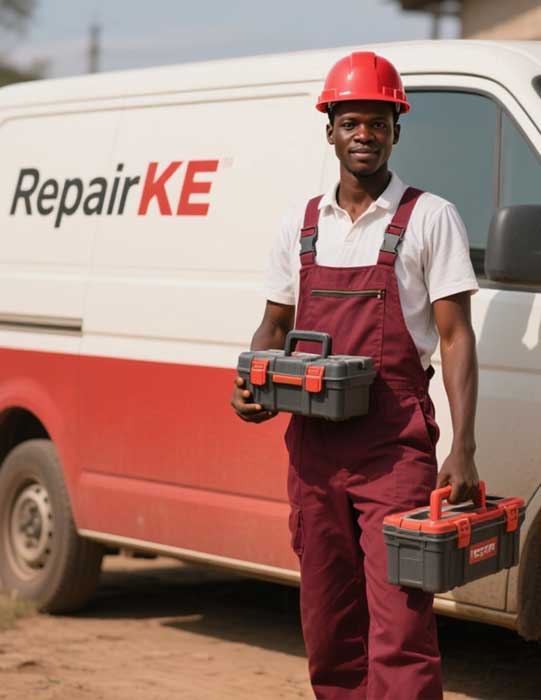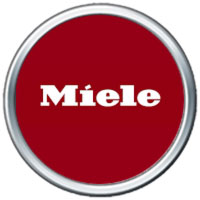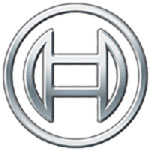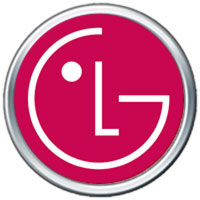
Common Elevator/Lift Faults, Errors, and Problems and Their Solutions
Elevators, also referred to as lifts, are critical components of modern buildings, ensuring efficient vertical transportation. However, like any mechanical system, elevators are prone to faults, errors, and problems that can disrupt operations and compromise safety. This article provides a comprehensive overview of common elevator issues, their causes, and effective solutions, structured to optimize understanding and accessibility for building managers, technicians, and users.
Overview of Elevator Systems
Elevators operate through a complex interplay of mechanical, electrical, and electronic components, including motors, cables, pulleys, control systems, and safety mechanisms. Faults in any of these areas can lead to operational inefficiencies or complete breakdowns. Identifying and addressing these issues promptly is essential to maintain safety, compliance with regulations, and user satisfaction.
Common Elevator Faults and Their Solutions
Below is a detailed examination of prevalent elevator faults, their potential causes, and recommended solutions. Each issue is addressed with clarity to assist in troubleshooting and resolution.
1. Elevator Doors Failing to Open or Close Properly
Description: Doors may stick, open partially, or fail to operate, trapping passengers or preventing entry.
Causes:
- Misaligned door tracks or rollers.
- Faulty door sensors or obstructed photo-eye systems.
- Worn-out door operator components.
Solutions: - Inspect and realign door tracks and rollers.
- Clean or replace photo-eye sensors to ensure unobstructed detection.
- Replace worn door operator parts and lubricate moving components.
- Schedule regular maintenance to prevent recurrence.
2. Elevator Not Leveling with the Floor
Description: The elevator car stops above or below the floor level, creating a tripping hazard.
Causes:
- Malfunctioning leveling sensors.
- Issues with the hoist mechanism or brake system.
- Overloaded elevator car affecting motor performance.
Solutions: - Recalibrate or replace leveling sensors.
- Inspect and repair the hoist or brake system for proper alignment.
- Ensure the elevator operates within its weight capacity.
- Conduct load tests during maintenance checks.
3. Unusual Noises or Vibrations
Description: Grinding, squeaking, or rattling noises during operation indicate mechanical issues.
Causes:
- Worn bearings or pulleys in the motor or hoist system.
- Loose or damaged cables.
- Insufficient lubrication of moving parts.
Solutions: - Replace worn bearings or pulleys and lubricate components.
- Tighten or replace damaged cables.
- Perform a thorough inspection to identify the source of vibrations.
- Implement a routine lubrication schedule.
4. Elevator Stops Between Floors
Description: The elevator halts unexpectedly, leaving passengers stranded between floors.
Causes:
- Power supply interruptions or electrical faults.
- Malfunctioning control board or software glitches.
- Overheating of the motor or drive system.
Solutions: - Check and stabilize the power supply, installing surge protectors if necessary.
- Reset or replace the control board and update software.
- Ensure proper ventilation for the motor and drive system to prevent overheating.
- Install emergency communication systems for passenger safety.
5. Slow or Jerky Elevator Movement
Description: The elevator moves sluggishly or with abrupt starts and stops, reducing comfort.
Causes:
- Worn traction belts or ropes.
- Faulty speed control systems or variable frequency drives (VFDs).
- Improperly balanced counterweights.
Solutions: - Replace worn traction belts or ropes.
- Repair or replace VFDs and recalibrate speed controls.
- Adjust counterweights to ensure proper balance.
- Conduct performance tests post-repair to verify smooth operation.
Preventive Measures for Elevator Reliability
To minimize faults and extend the lifespan of elevators, proactive maintenance is critical. Key strategies include:
- Regular Inspections: Schedule monthly or quarterly inspections by certified technicians to identify wear and tear early.
- Maintenance Contracts: Engage reputable elevator service providers for routine upkeep, including lubrication, adjustments, and part replacements.
- User Education: Inform users about weight limits and proper elevator use to prevent overloading and misuse.
- Modernization: Upgrade outdated systems with energy-efficient motors, advanced control systems, and smart monitoring technologies to enhance reliability.
Importance of Professional Intervention
While minor issues like cleaning door sensors can be handled by on-site staff, most elevator faults require specialized expertise. Certified technicians possess the tools and knowledge to diagnose complex problems, ensure compliance with safety standards, and perform repairs efficiently. Engaging professionals reduces downtime, mitigates risks, and ensures passenger safety.
Addressing common elevator faults promptly and effectively is essential for maintaining operational efficiency and user safety. By understanding the causes of issues such as door malfunctions, leveling errors, and unusual noises, building managers can implement targeted solutions and preventive measures. Regular maintenance, professional repairs, and system upgrades are key to ensuring elevators remain reliable and safe for all users.




